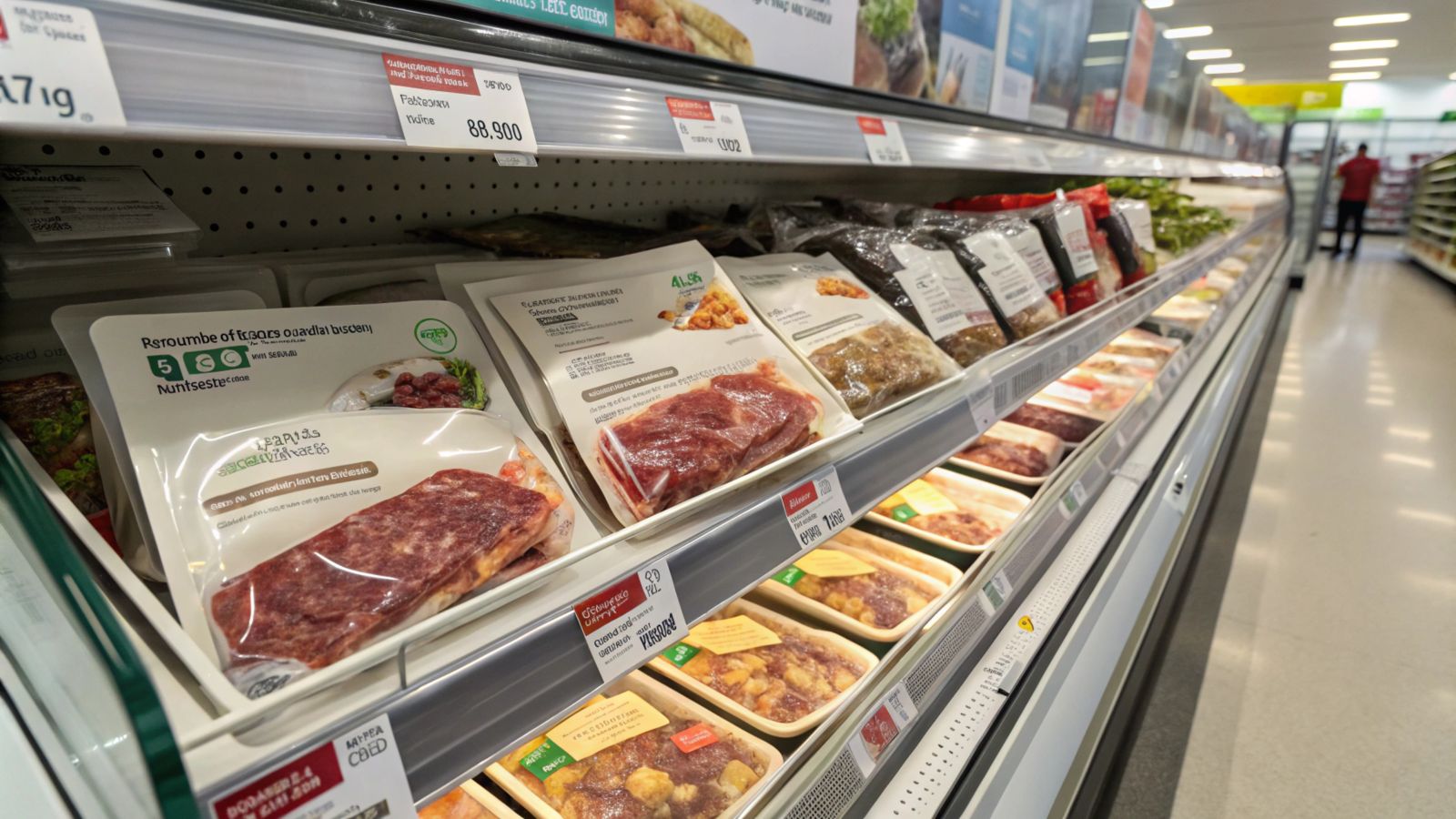Follow us on Google News (click on ☆)

The research team reached these conclusions after analyzing samples of 68 processed or ultra-processed foods containing beef and at least one other type of meat. These were most often meats less expensive than beef, such as pork, chicken, turkey, or lamb. The products were purchased from four supermarkets in Quebec City between January and September 2023. They included ground meat, meatloaf, meat pies, sausages, meatballs, lasagna, pizza, and sauces.
"Our only selection criterion for these products was that the ingredient list had to include the term 'beef' or 'veal.' For 58 of these products, beef was explicitly listed as an ingredient. For the other 10 products, the labeling mentioned 'and/or beef,'" says the study's lead author, doctoral student Gabrielle Vatin, a member of Professor Samuel Godefroy's team from the Department of Food Sciences and the Institute of Nutrition and Functional Foods at Université Laval.
The researchers analyzed product samples to quantify their beef DNA and animal DNA content. "These data allowed us to determine the relative abundance of beef compared to all the meats contained in each of these foods," explains Gabrielle Vatin.
The first finding: the amount of beef in these products varies widely and is often very low. Specifically, 27% of the samples that explicitly listed beef as an ingredient contained between 0.04% and 5% beef relative to the total meat content, while 13% contained less than 0.04%. "This means that for 40% of the samples we tested, beef accounted for less than 5% of the meat mix," summarizes Gabrielle Vatin. "We can safely say that these products contain very little beef."
The second finding: beef is scarce in the 10 products labeled "and/or beef." In each of these products, the percentage of beef in the meat mix was below 3.3%. In seven of these products, the beef percentage was under 1%, including two products where no trace of beef was detected.
Canadian regulations do not require manufacturers to specify the quantity of each ingredient in a food product, but the order of ingredients must reflect their abundance by weight. "We found many products where the rank of beef in the ingredient list did not reflect its actual abundance," notes the doctoral student.
Disappointed expectations
Alongside the laboratory analyses, the research team conducted a survey of 484 people to assess their knowledge and perceptions of the labeling information on multi-meat foods claiming to contain beef. "When beef appears as the first meat in the ingredient list, a majority of respondents expect the product to contain at least 50% beef. In 70% of the products we tested, that was not the case," observes the student-researcher.
Further analysis revealed that 66% of respondents did not fully understand the meaning of the phrase "and/or beef." After learning about its actual meaning, 87% of respondents felt the label was misleading or potentially misleading.
"Our study shows that some companies that manufacture multi-meat foods claiming to contain beef sometimes violate certain provisions of Canadian food regulations. To address this issue, Canadian regulatory inspectors need to carry out more surprise inspections at these companies. Additionally, the use of the phrase 'and/or' should be more strictly regulated," suggests Gabrielle Vatin.
Moreover, to better protect consumers, the doctoral student believes that a labeling system should be considered, enabling consumers to know the quantity of each ingredient in a product. "As a consumer, I believe there's a problem when I'm unable to know what's actually in the product I'm buying."
The other co-authors of the study published in Food and Humanity are Jérémie Théolier, Silvia Dominguez, and Samuel Godefroy.